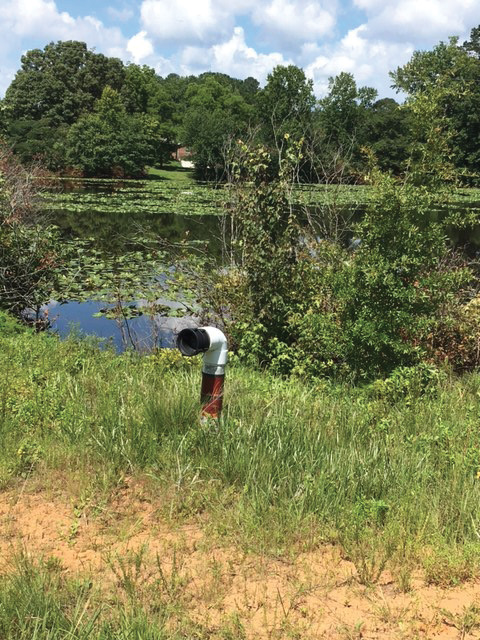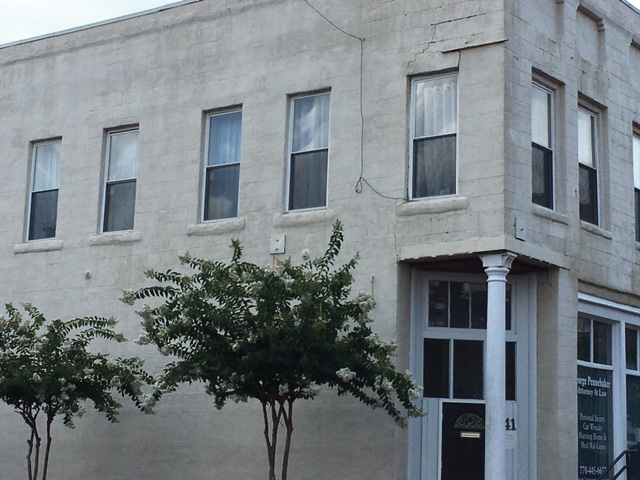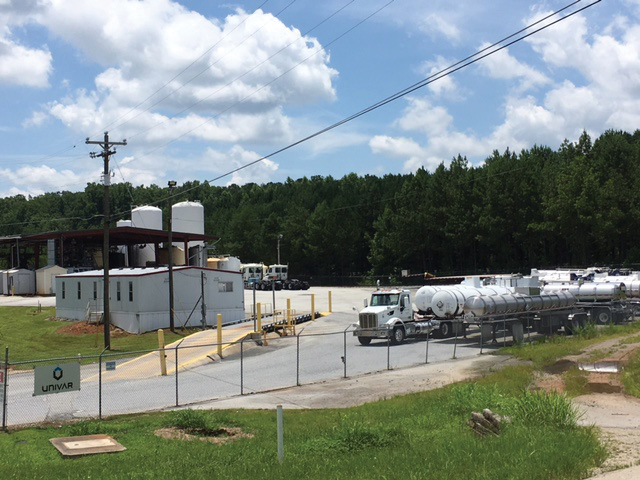
As a firefighter, how well do you really know your response district? If you are a company officer, how well do your personnel know their area? If you are in either role, you should be able to easily produce, on demand, several examples of geographic and operational areas of concern in your first-due territory. Be honest—can you count on your crew to recall this critical knowledge, especially when they are under stress or a time constraint? Suppression system components, building construction, geography, and preparedness are good jumping off points to creating a solid base of knowledge.
RELATED
Time Well Spent in the District
‘The Fog’ of the Fireground, Part 7: Know Your Buildings
This article presents an engaging “scavenger hunt”-style drill that gets firefighters off the couch and on the street. It doesn’t cost anything but time, and it will help you build confidence in responding to and identifying high-risk, low-frequency situations.
Start with a list of goals for your scavenger hunt. Make the “fair game” area of exploration wide or narrow, depending on your jurisdiction. Choose one or two items from each category or expand the list as needed to focus on specific education. It’s tremendously important that firefighters know location, building construction, and materials of and within occupancies that can hurt or kill them, harm the public, or critically stretch or tax your resources.
Send out your crews with a list of required items to locate in their first-due territory or a specified area. These items can represent types of construction (I-V), types of water supplies, auxiliary systems, or sites with potential for technical rescue. Watch enthusiasm grow as you add a competitive element such as offering incentives (e.g., providing a meal, a break in house duties, books/DVDs, inexpensive gift cards, and so on) for the company/station that finishes the list the quickest or most completely.
In the big picture, knowledge of the following four key aspects in your first-due area pays big dividends in an emergency.
Suppression. Know the locations in your first-due area that have limited access by looking for gates, burglar bars, restricted or one-way traffic patterns, unimproved roadways, and ladder and aerial placement opportunities. Ask yourself, what utilities need to be secured or present challenges? They could include liquefied petroleum gas, compressed natural gas, and overhead power lines. Also, what weather conditions preclude your response during certain seasons? Do you routinely encounter residences or businesses where you don’t have enough preconnected hose to initiate an attack?

(1) This dry hydrant has been grown over by seasonal grass and made inaccessible. (Photos by author.)
Building construction. It’s often beneficial to expand this category into one drill. Know the location of structures with live or dead loads, parapets, bowstring trusses, bar metal joists, and wood trusses. Is there precast concrete? Locate an example of each type of construction (I-V) in your area and note that building construction types are just that—building materials, not its contents. What are the occupancy types according to the National Fire Protection Association? Are there occupancies built prior to code or exempt from code? Are there old buildings that were originally constructed with conventional and dimensional structural members that have since been renovated with lightweight engineered components? Are they hazardous?
Water supply. Find locations in your response area (if applicable) where there is no water, necessitating tanker or water shuttle use. Are there hydrants that have insufficient flow because of small or dead-end mains? Find available static and dynamic water sources. In addition, find out if you have commercial and residential sprinkler systems, auxiliary fire pumps, or halon systems. Know what types of standpipes, outside stem and yoke, post-indicator valves, and yard hydrants exist for a given city block as well as the needed fire flow for a particular building. Also know what requirements exist for the highest fire flow needed in your first-due area and the locations of dry standpipe systems and temporary standpipes in buildings under construction.
Preparedness. This category is all about target hazards. Think low-frequency and high-risk profile. Where are the hazardous materials? Look for bulk chemical storage, high rack or elevated storage, manufacturing, and dust hazards. Is there a potential for specialized rescue (high-angle, confined space, or trench)? Also account for large-load occupancies like schools, hospitals, and skilled nursing facilities where occupants may not be able to self-evacuate in an emergency. Railways, airports, and pipelines demonstrate critical infrastructure that you must protect. Will you be able to make the call with your resources, or will you need mutual aid?

(2) A commercial occupancy with structural damage and reinforcing ties.

(3) A chemical storage and transport facility is located near a railyard.
After the drill, meet back and discuss findings with the whole crew or other shifts. Your goal is to develop critical-thinking skills and preincident planning abilities regardless of the crew member’s experience level. Get into those “what-if” whiteboard discussions. For example, if you have a residence or business with restricted access and limited or no water supply, what’s your plan of attack? Consider a plastics manufacturing company that is fully involved with wind-driven fire and exposures at 0300 hours. Pull your preplans and diagram the area concerns. Go back with your crews and visit sites of interest. Discuss what actions will overcome the challenges presented in each category. Everybody enjoys a successful scavenger hunt.
ROBIN HOUSE is a 20-year fire service veteran and a battalion chief (ret.) with Paulding County (GA) Fire and Rescue. House is also a nationally registered paramedic, a certified fire investigator, and a registered nurse.

